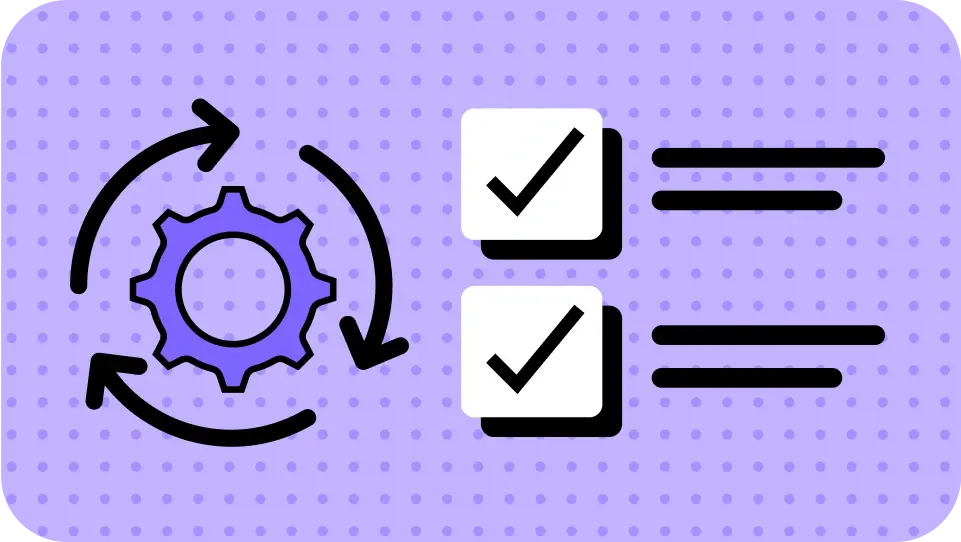Section 1: Self-Evaluation – How Adaptive Is Your Current System?
Use this scorecard to assess the adaptability of your existing fraud detection system. For each item, score:
0 = Not present
1 = Partially present
2 = Fully implemented
Trait 1: Reinforces Trusted Signal Paths
- System retains signals from approved users across sessions
- Clean behavior is logged and available for downstream modeling
- Approved behavior triggers reinforcement updates or thresholds
Trait 2: Learns in Motion, Not Just in Postmortem
- System adapts in near-real time, not just after quarterly model updates
- Clean approvals trigger reinforcement updates that shape future thresholds
- Anomalous-but-clean behavior accelerates retraining rather than being quarantined
Trait 3: Distinguishes Novelty from Exploitation
- Model can identify pattern convergence across new behaviors
- System differentiates behavior clusters from adversarial anomalies
- Model tolerance adjusts based on real user signal stabilization
Trait 4: Expands Definition of Safe
- System regularly reassesses what “good” behavior looks like
- Approved novel signals inform risk thresholds for similar users
- Behavior is judged by trust trajectory, not resemblance to known risk
Trait 5: Surfaces Signal Congruence
- Signals from devices, locations, and identities are cross-validated over time
- Disparate data types are reconciled into holistic user trust profiles
- Signal scoring adjusts dynamically based on multi-touch congruence
Trait 6: Avoid Legacy Learning Traps
- Relies on batch retraining (e.g. quarterly)
- No reinforcement from successful approvals
- Each session is evaluated as net-new
Total Score: __ / 36
Score Ranges:
- 0–16: Static. Your system is likely rule-based or manually tuned. High precision, low adaptivity, and blind to emerging behavior.
- 17–26: Transitional. Adaptive signals are present, but learning is slow, siloed, or biased toward known patterns.
- 27–32: Evolving. Strong foundation. System can learn, but likely lacks robust reinforcement or live recalibration.
- 33–36: Adaptive by design. System learns in motion, reinforces trust, and scales with behavioral diversity.
Section 2: Vendor Evaluation – What to Ask Before You Buy
Use these binary questions to assess whether a potential fraud solution supports real-time adaptability.
Core Adaptivity
- Does the system retain post-approval data for learning?
- Can it adapt risk thresholds based on live user outcomes?
- Are feedback loops built into decision pipelines?
Behavioral Learning
- Can the system differentiate between novel and risky?
- Does it recognize and learn from converging behavior patterns?
- Is behavior evolution tracked across user journey stages?
Memory & Signal Resolution
- Can the system track and reconcile signals over time?
- Does it retain signal context across devices, channels, and sessions?
- Does it surface cross-signal congruence for trust scoring?
Speed of Learning
- How frequently does the model update? Is retraining automatic?
- Does it allow for outcome-based retraining within hours or days?
- Can it remember a positive outcome without waiting for a label?
Reinforcement Architecture
- Can you identify how the system reinforces trust, not just detects threats?
- Does the vendor provide visibility into the feedback and learning logic?
- Are model updates guided by behavior success, not just failure?
Final Thought
This checklist isn’t just a scorecard—it’s a conversation starter. Use it to identify which traits your system already supports, where gaps exist, and how legacy habits might be holding you back. Whether you’re assessing your current architecture or exploring new vendors, remember: the strength of your system isn’t just what it stops; it’s how quickly it learns from what it lets through.



